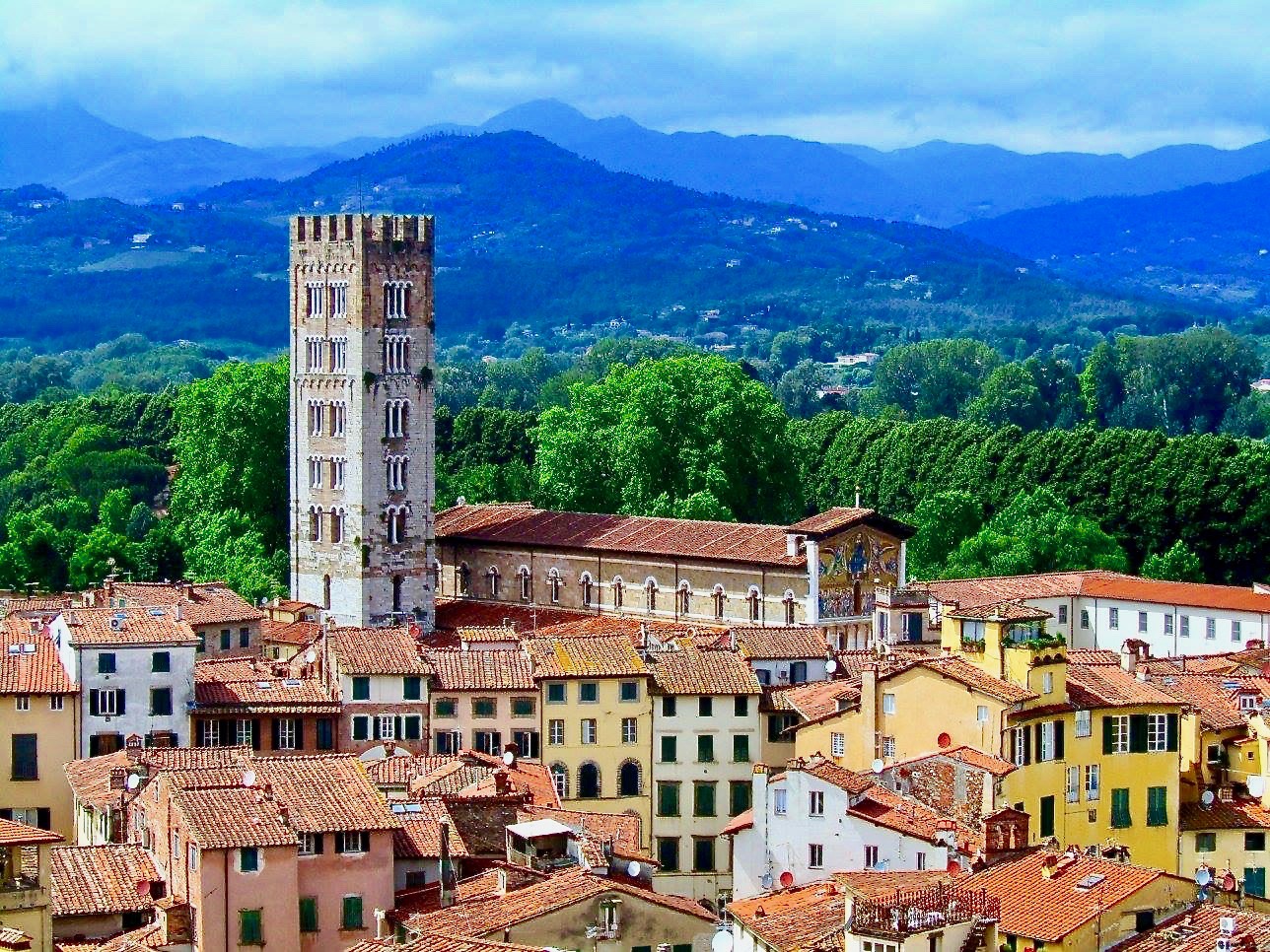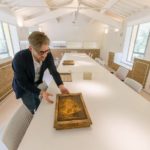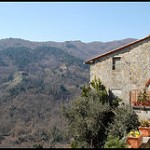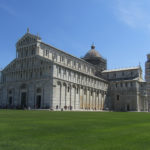City of Lucca

This quaint and evocative city retains the charm of a small and ancient Italian City State. For many centuries it managed to hold on to its independence and freedom by adopting a cautious policy. Having miraculously escaped the devastation of war, today it boasts one of the most extraordinary Tuscan art heritages.
The imposing tree-lined Renaissance walls which totally enclose the city, the maze of medieval streets flanked by towers and elegant boutiques, the enchanting Romanesque churches and bright inviting squares captivate the visitor who remains awestruck by such unexpected beauty.
The historical centre, now a pedestrian area, plunges the visitor back in time and provides the perfect setting to savor old world charm, where time and space take on a new dimension, no longer found in today’s modern cities.
Meet the guide and visit:
- Piazza San Michele in Foro, admire the Romanesque church bearing the same name
- Piazza Napoleone, from this square we can see both Palazzo Ducale and Teatro del Giglio (the theatre)
- Cathedral San Martino (entrance fee), this was an important destination for medieval pilgrims who would come to worship the crucifix denoted as “Il Volto Santo” ( The Holy Face/Countenance). Today it is still an important symbol of the city. Inside the sacristy, there is the renowned early 15th century sarcophagus of Ilaria del Carretto by Jacopo della Quercia. A definite must-see
- Piazza Anfiteatro, built on the ruins of the ancient Roman arena, this square is one of the most picturesque landmarks of the town
- Guinigi Tower, one of a kind, it has an extremely suggestive Oak tree garden on its top. Another must to see
- Basilica di San Frediano, this is one of the most ancient churches in Lucca, famous for its façade with the splendid gilded mosaic
- Sixteenth-century Walls, built for defense, today they are a public garden for the enjoyment of all. You can take a leisurely stroll, ride your bike or even take a carriage ride to better appreciate their beauty.
- Characteristic Medieval Streets, worthy of mention are Via Del Battistero where there are fine antique shops, and the Main Street of Lucca, the elegant Via Fillungo
Palazzos and Museums
It is possible to change or extend the city tour and include a visit to some of the most beautiful palazzos that once belonged to the wealthy merchants of Lucca
- Palazzo Mansi: one of the most important noble palazzos in Lucca. Elaborately furnished, it symbolizes the wealth amassed by Mansi family of Lucca. Today it is a National Museum which houses furnishings, frescoes, tapestries, and paintings from the 16th to the 20th centuries. Entrance fee is required.
- Villa Guinigi: an ancient Gothic villa, built by the Guinigi family in the early 15th century. Today it is a National Museum which houses paintings and sculptures from Lucca and territory dating back to the origins of the area through to the 18th century. Entrance fee is required.
- Palazzo Controni Pfanner: one of the few city palazzos which boasts a Baroque garden of exceptional beauty, probably designed by Filippo Juvarra. The perspective of the hedges and allegorical statues recreate the typical stage setting of the late 17th century. It is also possible to visit the interior of the palazzo. Entrance fee is required.
- Palazzo Ducale: for eight centuries, the palazzo has represented the political and administrative center of Lucca. In the 19th century, it was renovated in the neoclassical style and was the residence of Princess Elisa Bonaparte and subsequently Duchess Maria Luisa Borbone. Today it houses the “Prefettura” and offices of the provincial administration. Free entrance is limited to the rooms of the former Parade Quarter and by appointment only.
- Villa Buonvisi Bottini: this 16th- century palazzo was the prototype of villas with gardens in the countryside of Lucca. It was built within the city’s Renaissance walls and was a status symbol for the powerful Buonvisi family. Today it is one of the various palazzos housing city hall offices. Free entrance is limited to the reception rooms and by appointment only.





